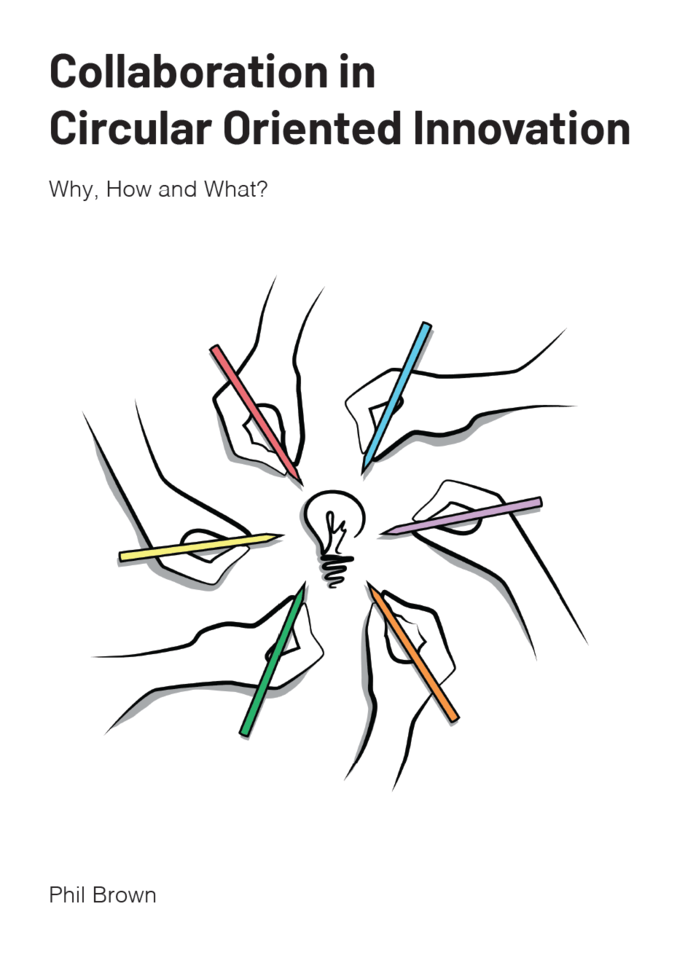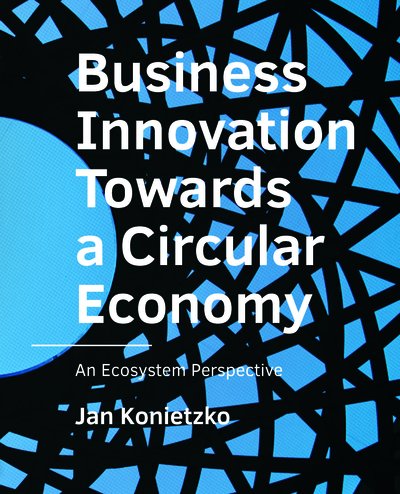Sustainable design is not just about the material stuff
Sure, sustainable design can result in a trendy reusable bottle. But it’s not just about the product, it’s also about the process. Through his PhD research, Brian Baldassarre set out to understand how design expertise can be applied by business organisations in the transition towards sustainable development.
Finding purpose in design
While studying product design in his native country of Italy, Baldassarre was given an assignment that made him question the relevance of his future profession. He was asked to design a tool to cut potatoes for making chips. Looking for more meaningful things to work on, he decided to design the tool in such a way that the plastic and metal parts could be easily separated for recycling. But then a professor explained that making a product recyclable doesn’t necessarily mean that it will be recycled unless the pieces actually get sent to a recycler and there is a service in place for that.
The professor said that designers should define such services, as well as the businesses processes around them, and work as active agents of change in the transition toward sustainable development. This helped Baldassarre to find a sense of purpose that resonated with his personal beliefs and eventually led him to perform research on this subject.
Rationality and creativity
The central theme that emerged from Baldassarre’s PhD research was that design is both a rational and creative process. It requires the collaboration of multiple stakeholders and organisations trying to solve societal and environmental problems together such as plastic waste, resource depletion, climate change and poverty. “You need rationality in analysing all of the pieces that make up these complex problems, and then you need to synthesise in a creative way to come up with a solution that also makes sense businesswise.” He investigated how this process unfolds. “And of course, it’s not about putting forward THE solution, but A potential solution that may contribute with other interventions to change something.”
Keep it simple
The idea of a circular economy is now gaining momentum as a path to sustainable development, based on things like renewable energy and reusing waste to re-make new things. Basically, it’s about optimising environmental and economic performance simultaneously. But Baldassarre noted that academic theory about this can get complicated and difficult for organisations to apply.
So, in collaboration with fellow PhD candidates Jan Konietzko and Phil Brown he founded Circular Strategies, a spin-off to bridge the theory-practice gap, resulting in a set of tools to support organisations engaging with the circular economy. “Basically, we digested a lot of the theory, aiming to make it simpler, condensing it into key questions that you don’t need to be an expert to understand,” he said. “Then we put those questions on a poster template that organisations can use to discuss and generate ideas using some post-it notes. It’s not rocket science. It’s a collaborative process.”
The big picture
As for the impact of his work, Baldassarre said there is value in creating critical mass to accelerate a cultural shift that is urgently needed: “I don’t think the value of my academic work should be related only to the details of what I write. Don’t get me wrong, details are certainly important in research, but there are also much bigger forces at play. I see my ideas as a plus one, together with many others which say we need to do things differently, that we cannot keep throwing plastic in the sea and exploiting people to make sure that other people can buy a new smartphone every six months. Overall, this is basically it, and the more people understand it as soon as possible, the better. I think that being an academic gives you a pretty good leverage in spreading this message at different levels, and that’s what I try to do with my work.”
Continuing on as a postdoc for the next year, Baldassarre is thinking about his own future. “I’m getting increasingly curious about policy making and how design can play a role in that, particularly EU policy making in relation to the circular economy.”

Erik Jan Hultink
- +31 (0)15 27 83032
- H.J.Hultink@tudelft.nl
-
Room B-4-170
"You can not save a bad product with a splendid launch strategy but you can surely kill a great product with a poor launch strategy"

